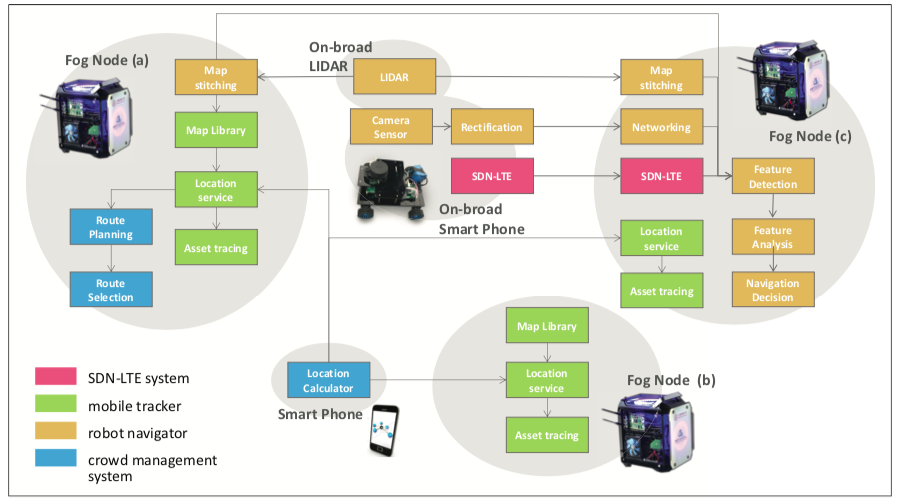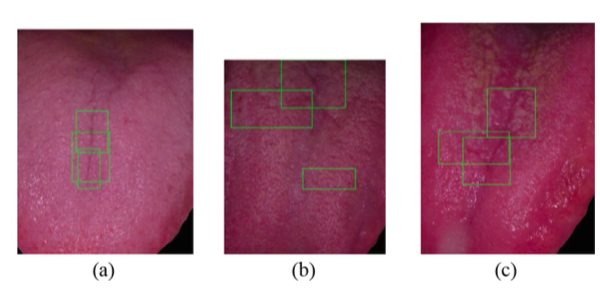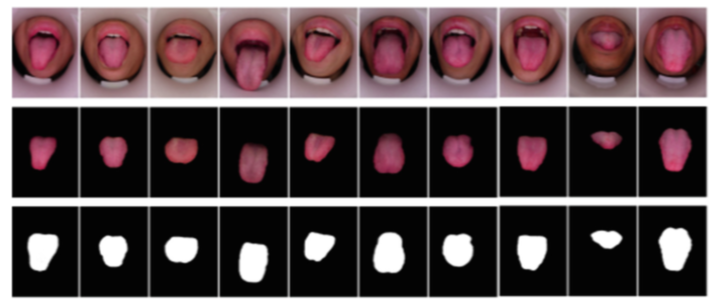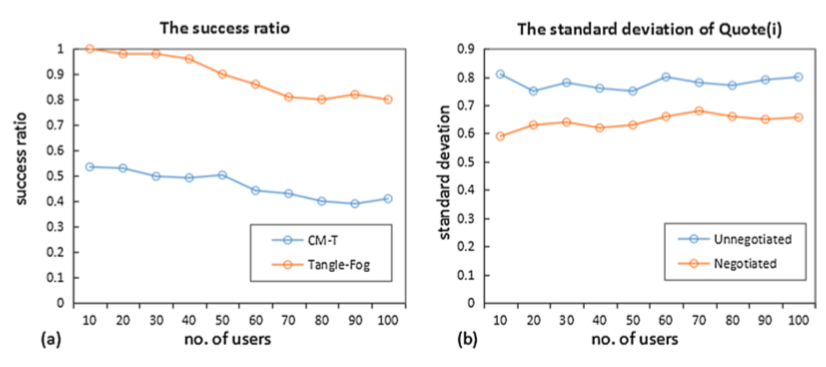-
Fog as a Service Technology
Fog computing has emerged as a promising solution for the IoT and next generation mobile networks. As an extension to cloud computing, it enables service provisioning along the continuum from the cloud to things to reduce latency and bandwidth demands, and empower end users in their vicinity. Such a cloud-to-thing service continuum requires full technology support in infrastructure, platform, software and service levels. This article proposes FA2ST and its architecture to underpin a multi-level system of fog computing services for end-to-end support of IoT applications. It presents the concept of FA2ST and describes its architecture, main features, a use case in a vertical industry, and a performance study.
-
Dynamic Obstacles Rejection for 3D Map Simultaneous Updating
We present a simple yet highly efficient method to eliminate spurious trails of dynamic objects for 3-D point cloud map updating. First, we extract the view overlaps based on view frustum filter. Then, we obtain spurious trails via bidirectional searching of view overlaps using a KD tree. Finally, in terms of the situation where moving objects occlude part of background due to the limits of the RGB-D camera, we design a ray tracing principle-based filter to supplement the missing background in the whole point cloud map. Our method can be integrated into any SLAM or 3-D reconstruction systems with RGB-D data input, and it is suitable for both static and dynamic environments. We validate our approach in real-world scenes of our laboratory office using a Kinect system for robot obstacles avoidance and navigation. Moreover, experiments on the KITTI odometry benchmark illustrate that the proposed approach is highly efficient for dynamic spurious trails rejection and 3-D map updating.
-
Cracked Tongue Recognition Based on Deep Features and Multiple-Instance SVM
Cracked tongue can provide valuable diagnostic information for traditional Chinese Medicine doctors. However, due to similar model of real and fake tongue crack, cracked tongue recognition is still challenging. The existing methods make use of handcraft features to classify the cracked tongue which leads to inconstant performance when the length or width of crack is various. In this paper, we pay attention to localized cracked regions of the tongue instead of the whole tongue. We train the Alexnet by using cracked regions and non-cracked regions to extract deep feature of cracked region. At last, cracked tongue recognition is considered as a multiple instance learning problem, and we train a multiple- instance Support Vector Machine (SVM) to make the final decision. Experimental results demonstrate that the proposed method performs better than the method extracting handcraft features.
-
Automated Tongue Segmentation in Chinese Medicine Based on Deep Learning
During the process of tongue diagnosis automation, the segmentation of tongue body from the original image is an important part. Tongue body is a target with irregular edge, and the color of local area is similar to that of lips, so it is difficult to achieve accurate segmentation with traditional segmentation methods. In this paper, we present a tongue image segmentation method based on deep learning. We first apply semantic segmentation to tongue segmentation that use fully convolutional networks to automatically segment tongue body based on preserving tongue shape semantic information. Moreover, we try to combine it with traditional algorithm to optimize the results. The experimental results show that the semantic segmentation method based on neural network is superior to the traditional algorithm in accuracy and efficiency. In addition, comparing with traditional algorithms, the method does not require manual label, which greatly reduces the workload.
-
A Reputation Model for Third-Party Service Providers in Fog as a Service
Fog computing, as a mode of distributing computing resources, can process data directly at the network edge so becomes a promising solution towards the Internet of Things (IoT). To support various IoT services, many third-party fog resources providers participate in the service provisioning process, which accelerates the development of Fog as a Service (FaaS). Current solutions assume the existence of a reliable entity to maintain run-time information about such third-party fog resources providers, which is not feasible because of resource constraints at the network edge. To be aware of the dynamic availability of the fog resources, this paper proposes a graph-based decentralized reputation model for service provisioning in fog computing environment. This mechanism includes a verification model between fog nodes and a consensus mechanism for composite transactions in FaaS. This paper evaluates the proposed solution and proves its feasibility through the experimental result.




